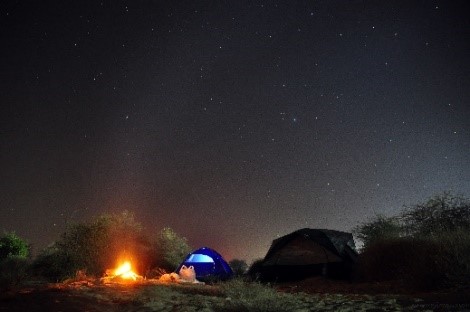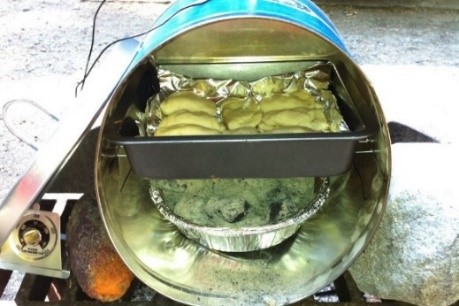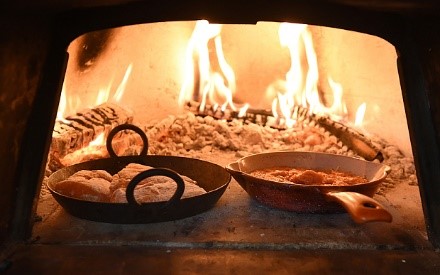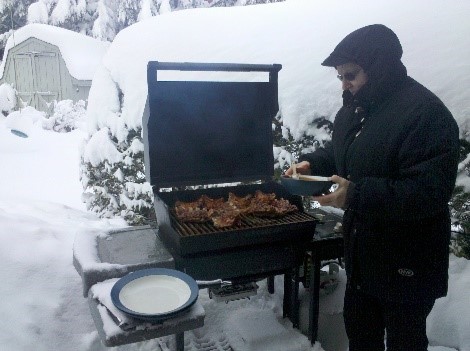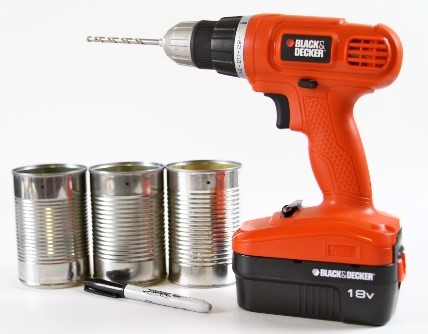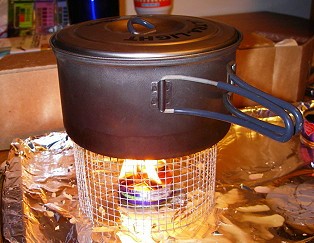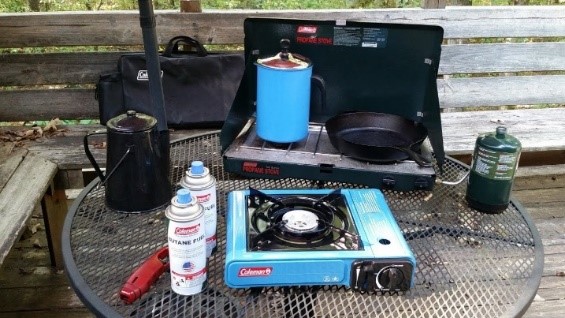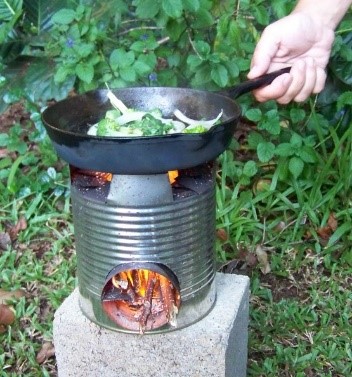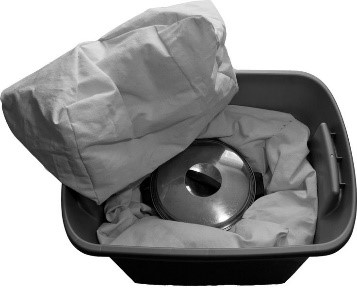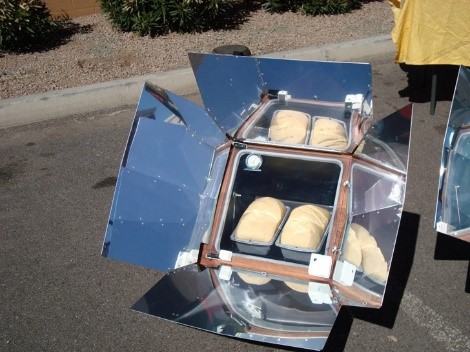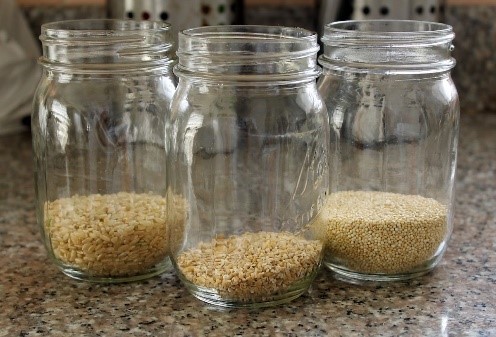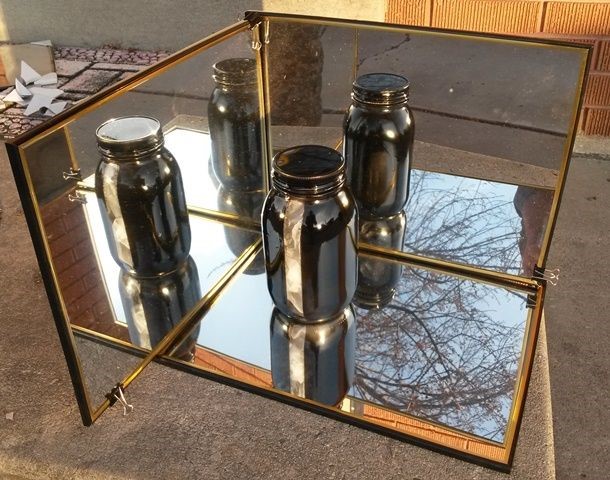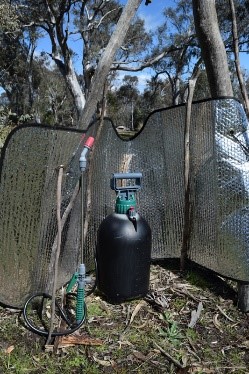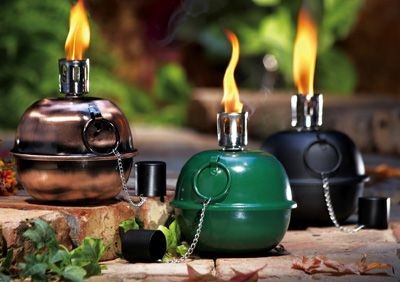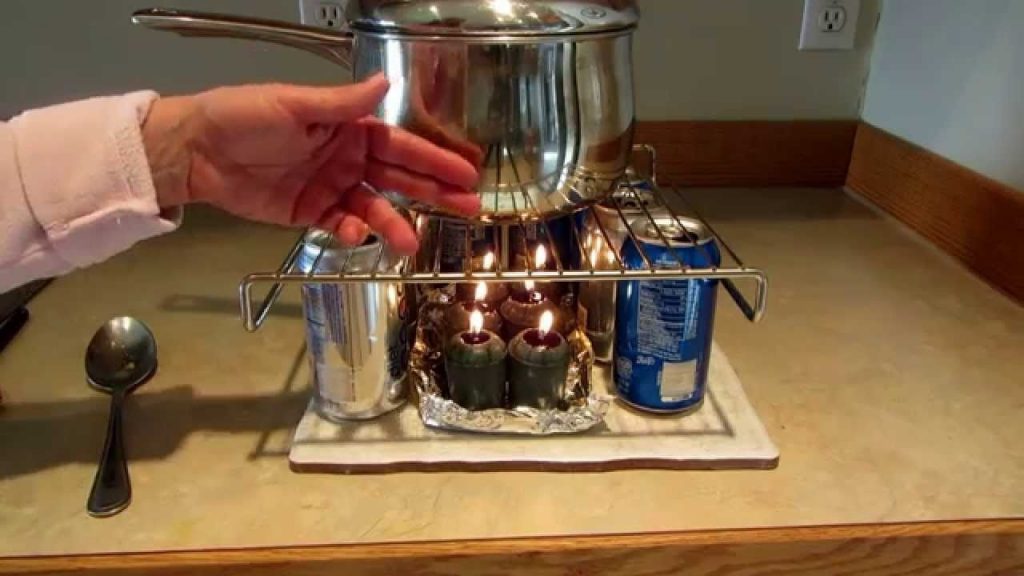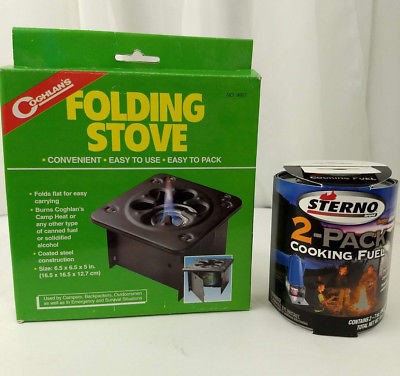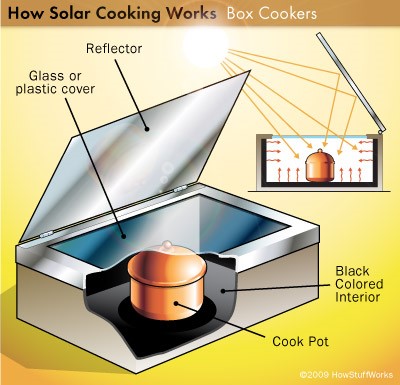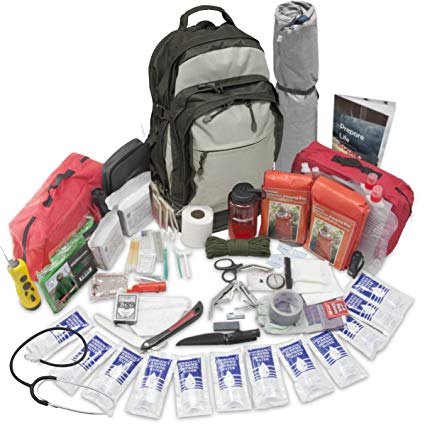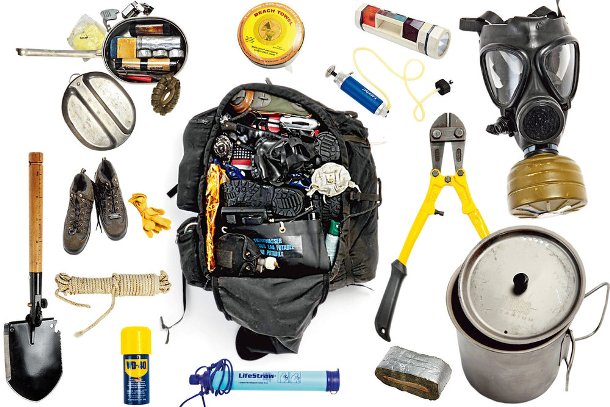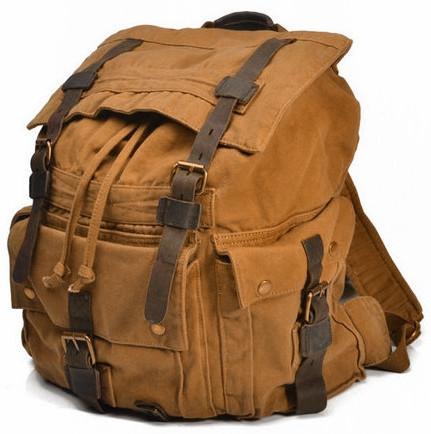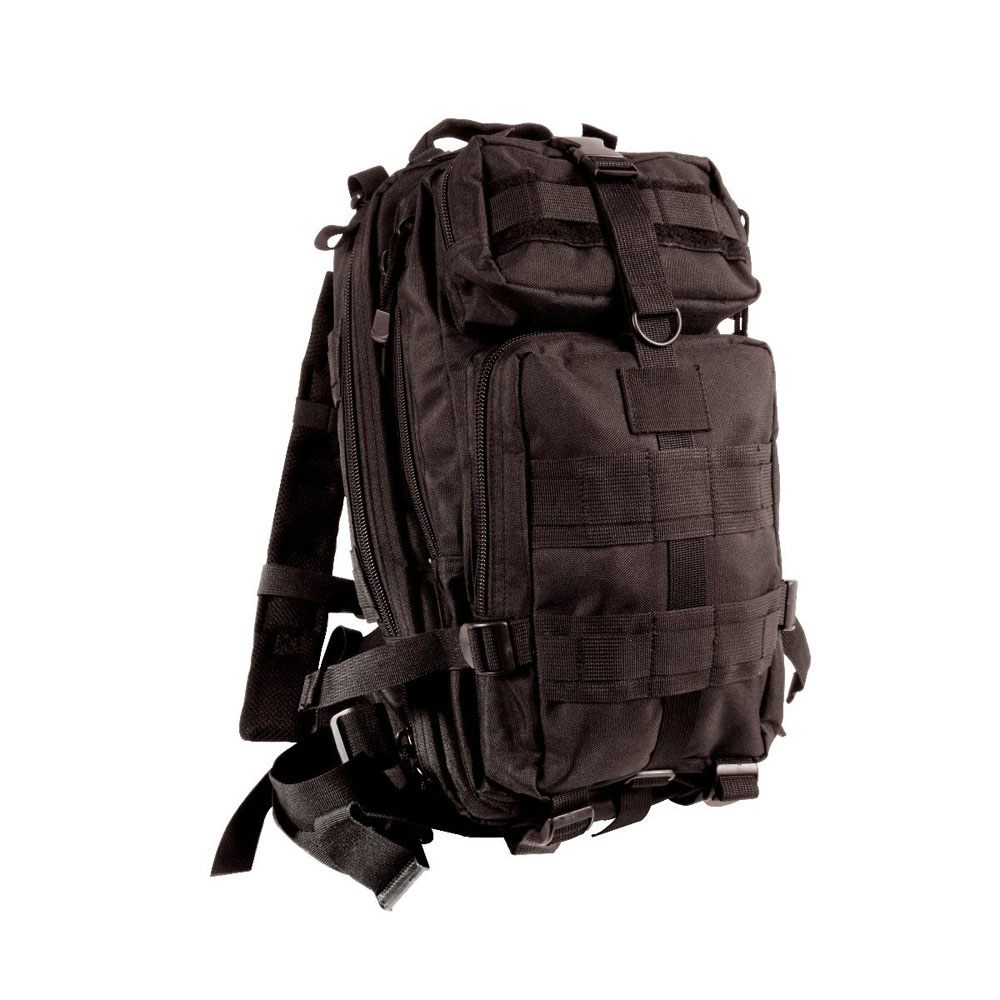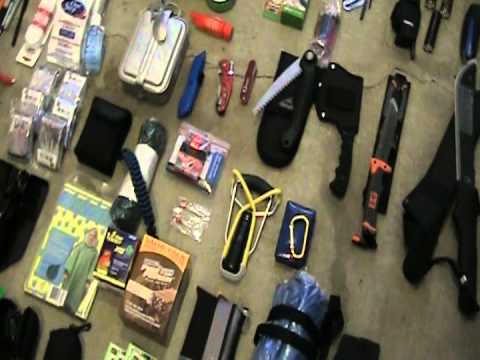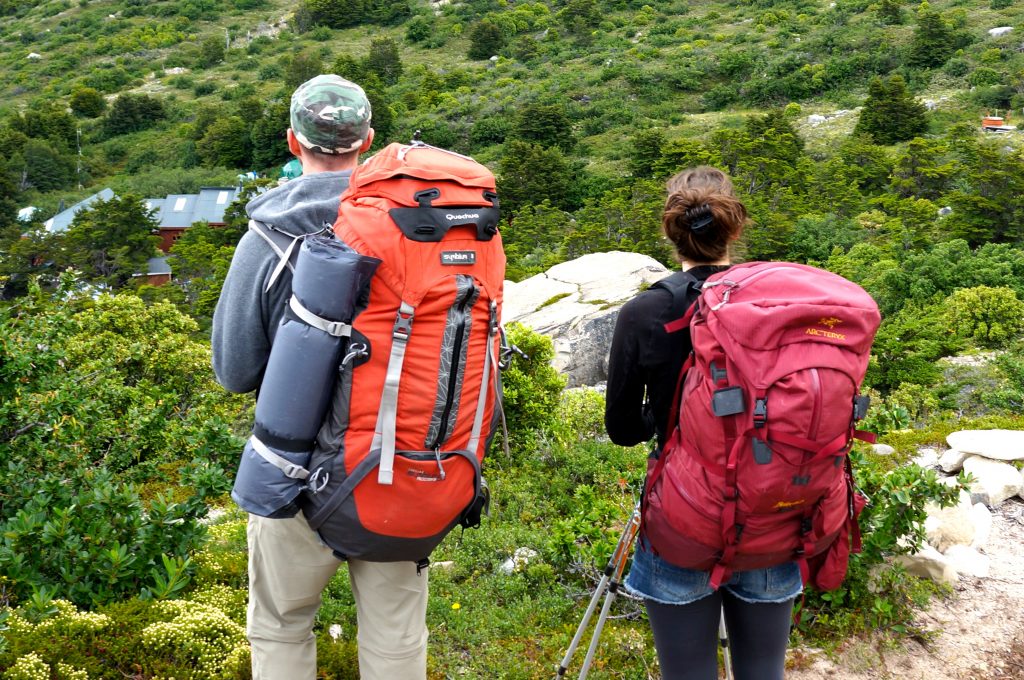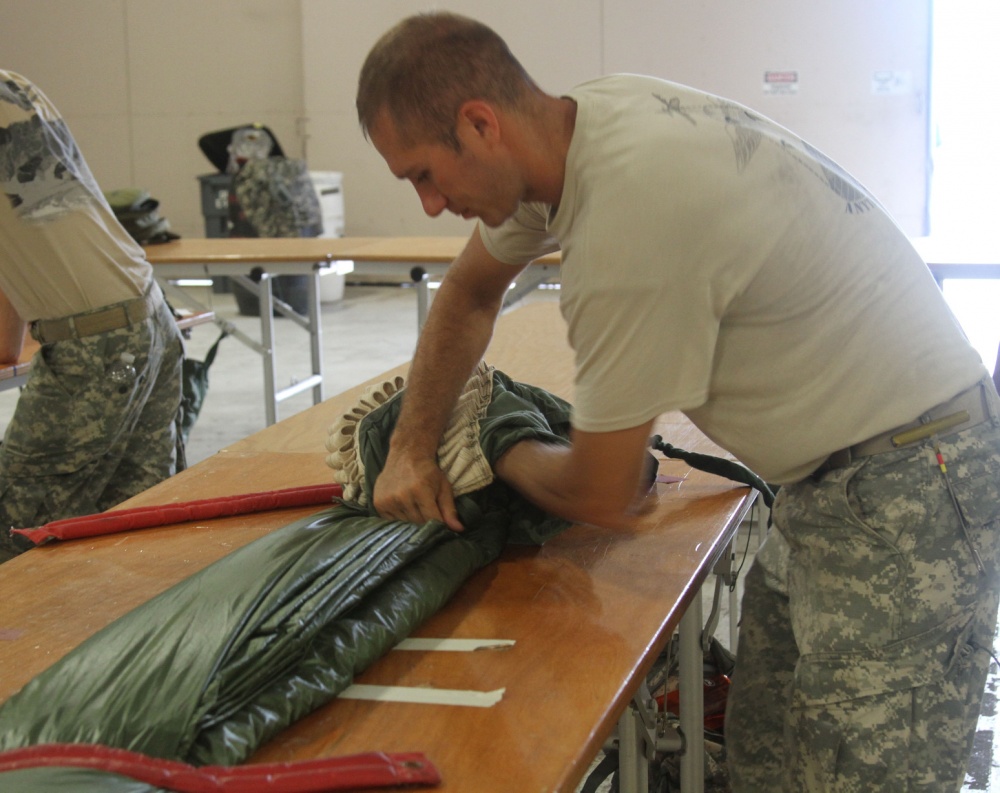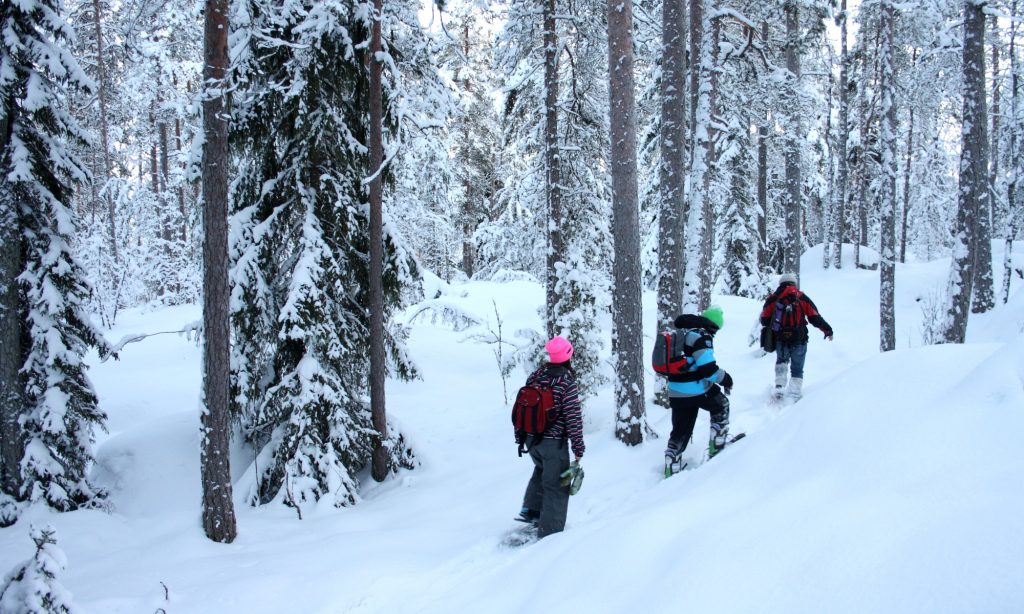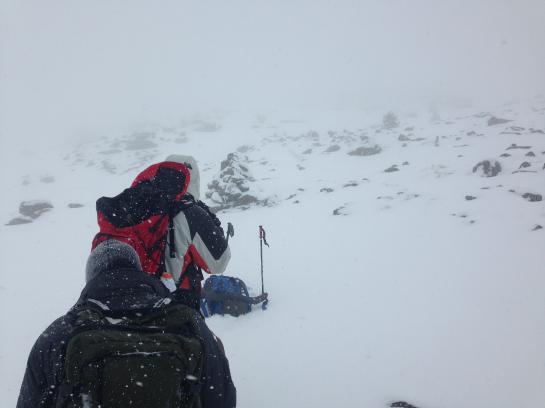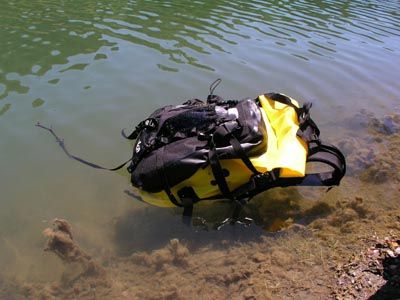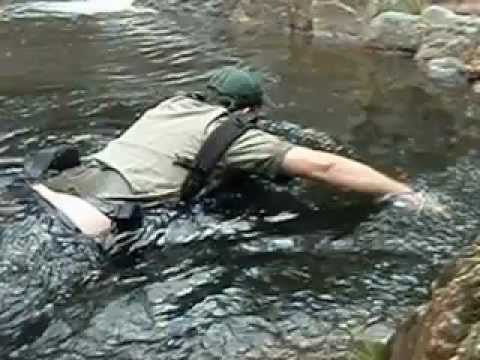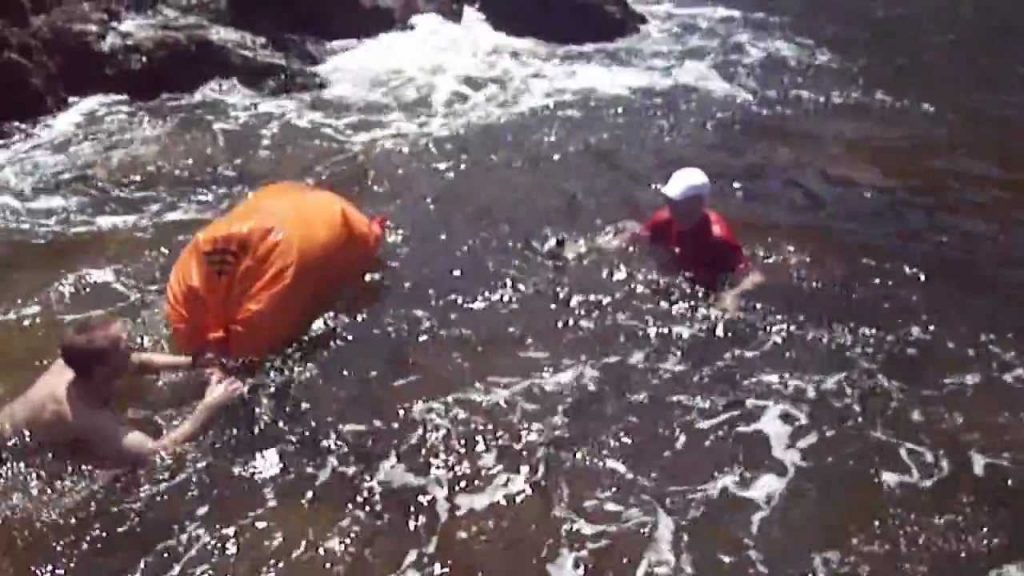Written by R. Ann Parris on The Prepper Journal.
Some holiday weekend, head out to the ‘burbs” or stroll through some campgrounds or a public park. Your nose will pick up a couple very distinctive smells: Wood smoke and charcoal grills. Charcoal and wood fire scents carry far and linger long, presenting a pretty significant cue that people are nearby.
They also regularly offer really lovely wisps and plumes visible above rooftops, retaining walls, hedges, and woods depending on fuel source, weather, and skill. Even relatively small grills can pump enough to home in on once scents have us in the neighborhood.
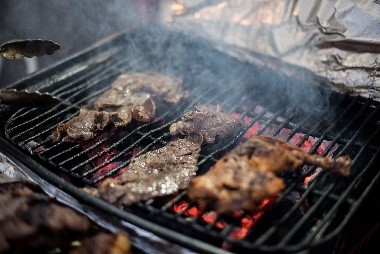
We may very well want to avoid those telltales in some disasters, and there are plenty of other reasons low-and-no-smoke cooking backups are a must-have for preppers.
They apply to “normal” outage-based disasters and world-shaking events, and to beginners, apartment dwellers, and “soft” climate dwellers as well as the old hats who are already familiar with the numbingly, back-achingly incredulous amount of wood it takes to cook daily and keep even a tight, well-insulated home warm.
The backup methods I’ll list commonly use less fuel or completely different fuels than our primary systems. That diversity and efficiency helps our resources last longer and keeps us cooking when resupply isn’t available.
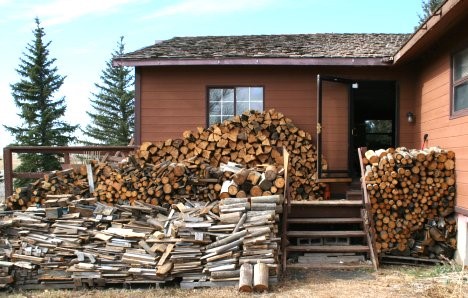
If we already count on wood or propane for winter heat or cooking, using alternatives now can lower our current burden, giving us the ability to stockpile more. (Or some extra cash and time!)
Many of us try to avoid pine and unseasoned wood in chimneys, especially brick that can’t be taken apart for easier access. Nonflammable, cleaner-burning and tabletop methods help limit buildup.
There are also scenarios where an injury or illness limits our usual labor, there are reasons to stay hunkered down inside, limit noise, and as such our most-efficient tools go down and our production slows; that or something like a flood or mudslide limits our access.
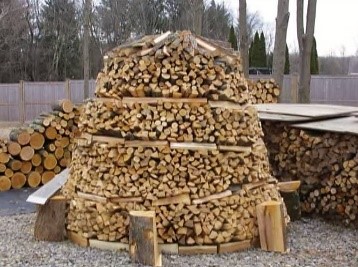
If we can cook and warm spaces without wood, we can horde that “now” precious commodity against greater need.
Or, we may not have a massive woodpile (yet), or a fireplace or woodstove of either species. We may not have a functioning chimney, or our chimney may develop a problem during a crisis. Backups for our backups keep us plodding forward.
*Liquid-gas fuels share some of the wood-charcoal factors, and have some new ones of their own.
Many of us live places where it gets pretty hot. Whatever the fuel used, heating the house unnecessarily just isn’t conducive for easing the stresses and burdens of an already difficult time – whether the crisis is widespread or only affecting us.
On the other hand, outdoor cooking gets old fast for those of us with seasonally or perennially dusty-windy conditions. That’s how it goes with picking oak catkins and maple spinners out of food, and dealing with flies and mosquitoes.
Grilling outside in a pounding rainstorm or frigid winds also kind of sucks – and can take forever – but then again it’s not usually a great idea to use charcoal grills inside.
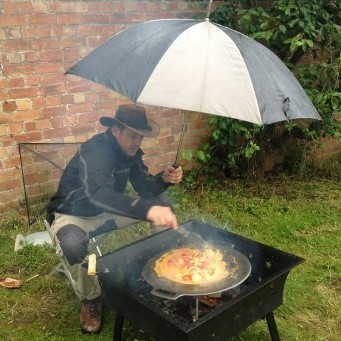
Slight Consolation: Food you’ve suffered for in cold weather tastes better. (Muggy/hot weather, not so much.)
Options we can use indoors and under screened porches and pop-up pavilions check a big, big box.
There’s also the *other* rule of threes that some of us ascribe to: three ways to reach and accomplish any task. It’s not always possible (or practical), but in the case of alternative cooking methods, we can check that box, too, easily and with very little outlay in time or money.
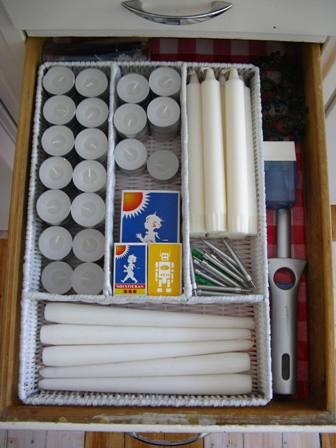
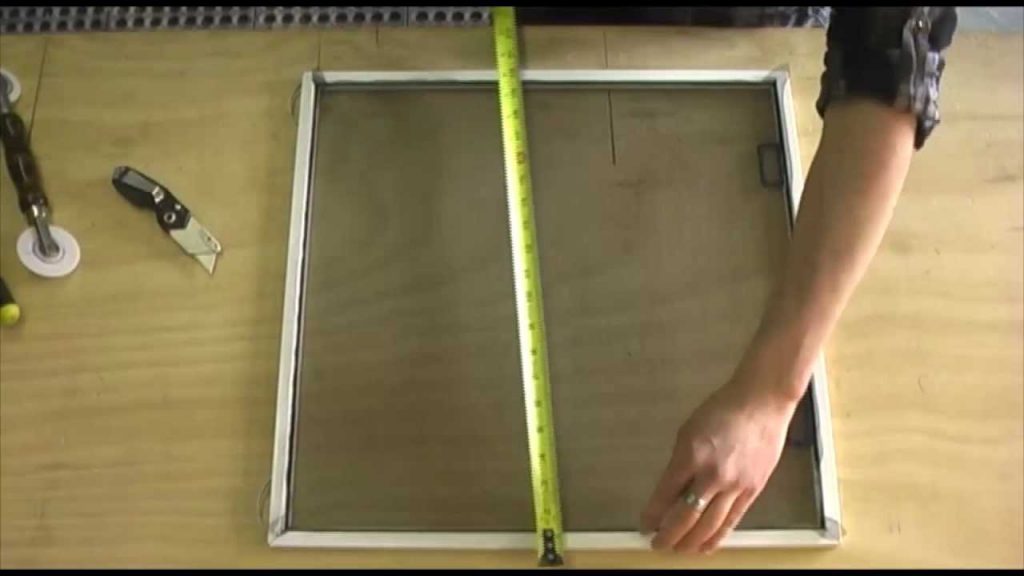
Most of the methods below use things already in the home, very basic “everybody everywhere” tools, and outright trash/recycling that costs nothing but time. Some don’t even take up extra space.
The internet abounds with options for DIY’ing these and making them more efficient or portable, so I’m not going to reinvent the wheel on that front.
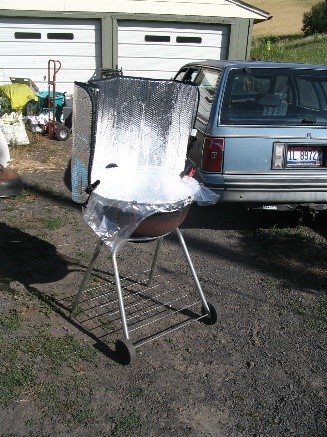
*I am not affiliated with any of the links provided, nor do I always agree with the authors (or even have any idea what else they post) – they’re the simplest, easiest, or most expedient versions that popped when I wanted an example.
Minimal-Smoke Cookers
Propane/Butane Stoves & Grills – There’s not a safe DIY for these and there’s potentially competition with preppers’ primary fuels or generators, but they’re pretty handy and inexpensive, so I don’t want to ignore them.
Rocket Stoves – I love these things. They take small kindling and sticks or trash wood and turn it into a high-efficiency, high-temperature burn. There’s a variation for everyone – balcony, porch, or backyard; homes, RVs, vehicle kits, or bag-portable.
Super easy DIY’s use CMU block, or a paint can, #10 can, or tall baked-beans or spaghetti-sauce cans and increasingly smaller cans. Other builds involve buckets, ammo cans, large terra cotta pots, cement, and sand. They’re not quite as super-easy or super-fast builds, but some variants further increase efficiency by burning the wood gas that’s generated from burning most woods.
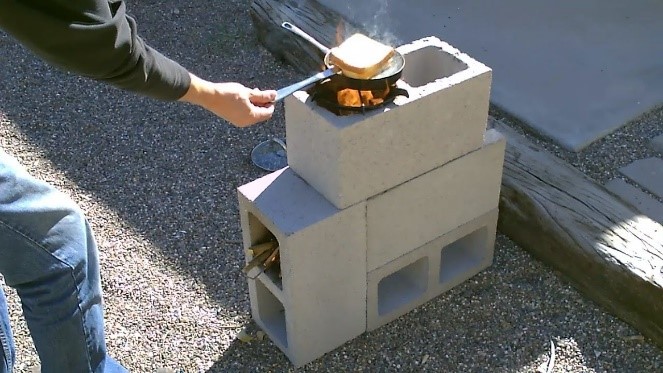
Some of the store-bought versions have an added bonus: They’ll charge small devices or battery packs.
They can put off a fair bit of smoke, but they do it quickly and then stash away. They use wood, but we can fuel them with pruners and busted-up furniture and boards instead of axes and campfire/stove logs.
They’re not a simmer-beans or bake-bread oven/stove. It’s too fast and hot of a burn. They specialize in fast-cook foods and quickly bringing foods/water up to a boil to use with…
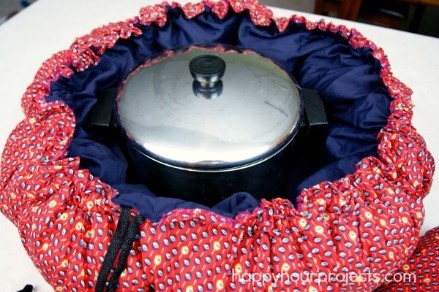
WonderBag/Wonder Boxes – Purchased or DIY, bag or box version http://www.instructables.com/id/How-to-Make-a-Wonder-Box-CookerCooler/, these function like a thermal cooker https://delishably.com/cooking-equipment/Thermal-Cooker.
They allow us to use a short “burn” time to heat food or water to boiling, then retain the heat, turning preexisting pots into non-electric slow cookers or crock pots.
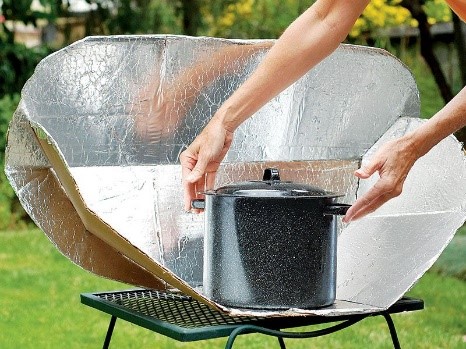
Solar Cookers – DIY for solar ovens abound, from the simple glass over a tire with a pot inside, to some pretty complicated tilts, cuts and hinges. They’re done with pizza boxes and aluminum foil, vehicle reflectors, polished scrap metal, and mirrors. You can spend as little or as much as you fancy, ordering in or building.
I find them limited to mid-late spring through autumn, but I can protect them from pests pretty easily and they’re great for not heating the house or burning fuels in summertime, as are…

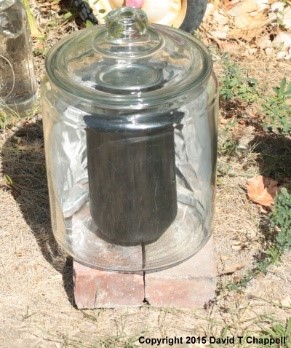
Steeping Jars – These are basically small-scale solar cookers. It’s as simple as pouring dehydrated veggies, grains, or pre-soaked beans in any ol’ jar, adding the needed water, and hanging/setting it in a bright spot.
Dark paint or fabric on jars, reflectors, and added insulation like a larger jar or aquarium can increase efficiency, reducing cook time and extending the weather they’re useful in.
*Don’t forget to brew sun tea & coffee.
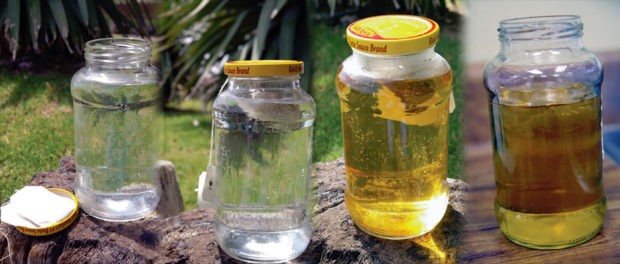
Water Bags & Camp Showers – Getting the sun to give us a head start or completely handle heating water for us decreases resource and time expenditure. We can use anything, purpose-made, painted/covered garden sprayers, or regular ol’ jugs.
The warmed water can be used for wash-ups or for soaking and cooking freeze-dried foods, Lipton-Knorr-Rice-a-Roni sides, or our own noodles and rice.
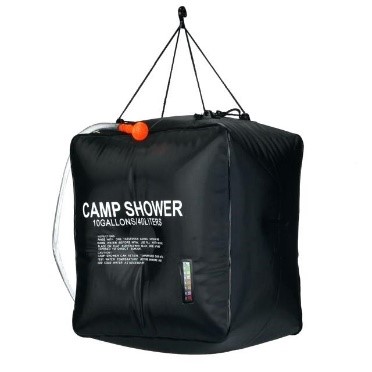
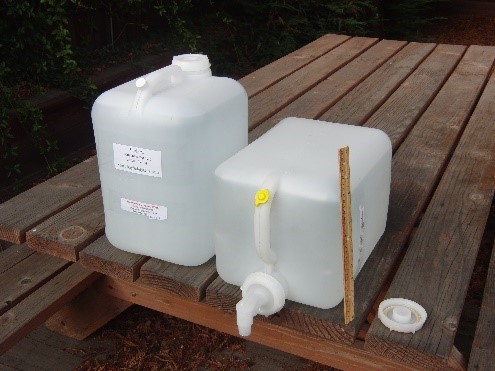
The sun is free (when it’s there), compared to other resources – whether it’s propane, charcoal, or self-cut wood – and there’s little wear on parts compared to hydro or wind power. Even if the sun only warms that water, it’s reducing wait time and resource use.
*Keep a pot of water on a conventional oven, arctic brick stove, space heater, or woodstove, or on, under, or beside a grill and while a rocket stove burns out to accomplish the same ready-to-use pre-warming – even now. It’s even handier in winter, increasing heat radiation and serving as a heat sink.
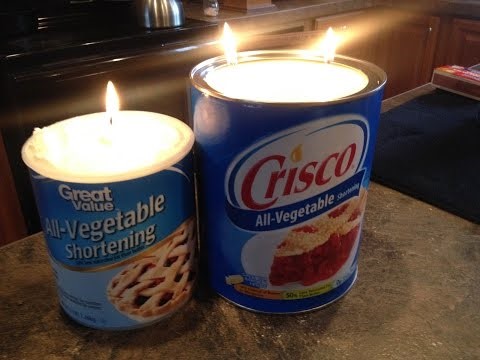
DIY Candles – The upcoming methods call for a candle or alcohol stove. Those heat sources are interchangeable. (Differing flame heights will require adjustments.) We can also create our own.
With cotton mop strands, cord, or “real” wicks, olive oil can fuel lamps (https://www.littlehouseliving.com/olive-oil-candles.html). *Small citronella burners are really nice alternatives to open jars if we’ll have our lamps in and out of service for a while during an outage or long-term disaster.
We can sink wicks into shortening, too, in jars or the original tubs, creating another simple (and surprisingly long lasting) cooking method out of multi-functional storage items.
We use candles and mini-stoves in a grill, or set them up campfire/tailgate style with a grate over a terra-cotta pot, bricks, or some cans (fill them with water – sturdier + pre-warmed/boiled water).
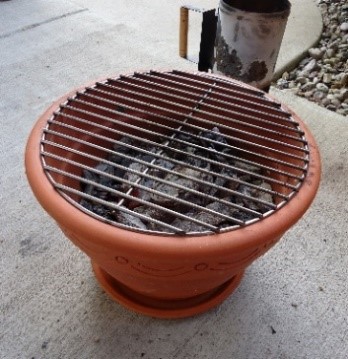
Smells from candle, oil, and fuel-brick stoves and ovens will carry to nearby neighbors (so will cooking foods) but they dissipate even faster than quick-burn rocket stoves. The traces are even more contained when used indoors.
Clay Pot Heaters/Cookers – These are pretty easy to find for DIY – using as much hardware as you like, or kept streamlined and simple – or as prettied-up ready-to-use purchases.
They can be effective on their own, most usually to slowly warm foods like a slow cooker, but if they get plopped in a grill or oven (crack the door), the efficiency goes up and food will heat faster and more evenly.
*That goes for any of the methods that will fit. Be mindful of flame size and fumes.
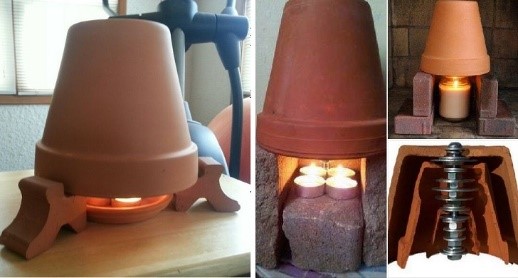
Candle Ovens – We can buy a HERC oven (multiple recipes/examples: http://prepared-housewives.com/baking-with-the-herc-oven/) or DIY our own. It’s just rigging clusters of taper or pillar candles, DIY candles/lamps, or a whole slew of votives or tea lights on a drip-safe surface inside an oven, and cooking or baking at 200-300-degrees on the grate above.
*Hood/tent foods in full-size ovens (and campfire grates) with an overturned bowl or larger pan. It’ll hold heat closer to the food, speeding things up and cooking more evenly.
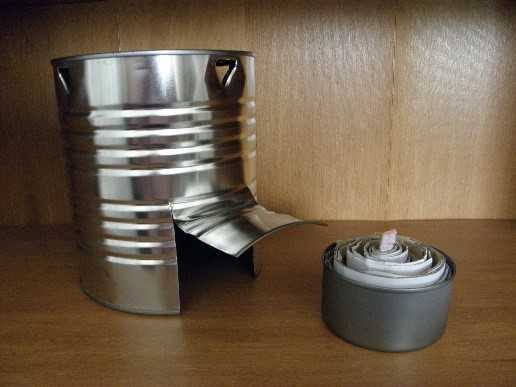
Can Stoves – These are super easy, super effective spinoffs of Sterno stoves and the military, camping, and emergency solid-fuel stoves that abound.
They can be done with greatest simplicity with just two types of can openers, or we can go to town with tin snips to increase ease or rig cross-bar “grills” at the top.
Backing up Backups
Increasing redundancy in our disaster cooking increases our ability to weather absolutely any storm. That makes these guys a prepper must-have in my book.
Some methods also significantly reduce our observable footprint, which may end up a major benefit, and some are reasonable alternatives to heating up our kitchens even now. Most of these have easy, inexpensive DIY options, allowing everyone to build extra resiliency into their disaster plans.
Follow The Prepper Journal on Facebook!
The post Prepper Must-Have: Minimal-Smoke Cooking Backups appeared first on The Prepper Journal.
from The Prepper Journal
Don't forget to visit the store and pick up some gear at The COR Outfitters. How prepared are you for emergencies?
#SurvivalFirestarter #SurvivalBugOutBackpack #PrepperSurvivalPack #SHTFGear #SHTFBag

